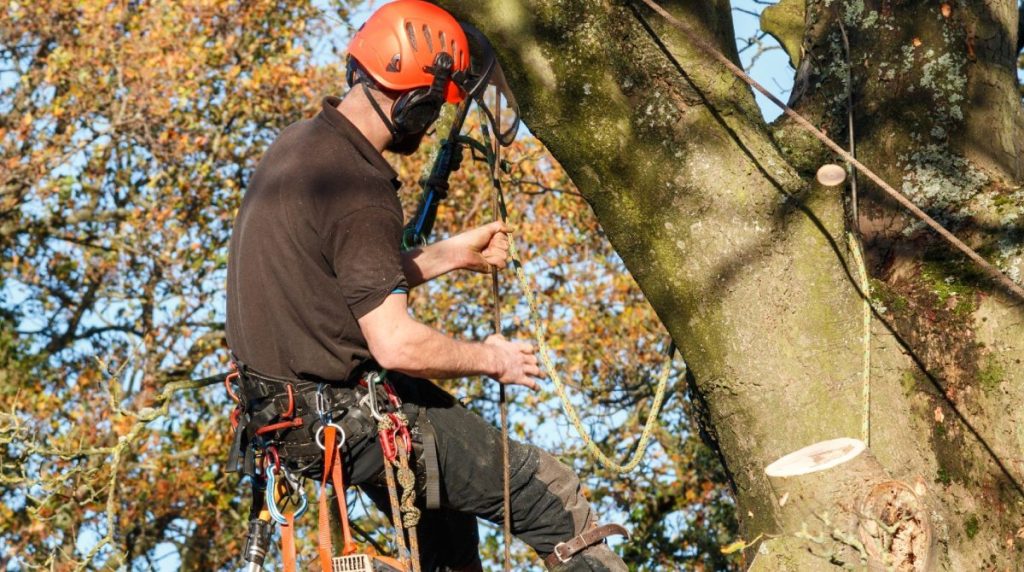A well-maintained landscape adds beauty, safety, and value to any property. Trees, when properly cared for, enhance the overall appeal and bring a natural charm to outdoor spaces. However, maintaining trees requires professional skills to ensure they stay healthy and strong without posing risks. Expert tree surgeon services offer the perfect solution for anyone wanting to transform their outdoor area into a beautiful, safe, and sustainable environment. With their knowledge, precision, and care, tree surgeons handle everything from pruning and shaping to removing diseased or dangerous trees, ensuring your garden or yard looks its absolute best.
Why Tree Surgeon Services Matter
Tree surgeons are trained professionals who understand the science and structure of trees. Their work goes beyond trimming; it involves assessing tree health, identifying potential hazards, and improving growth. Professional care helps:
- Maintain safety by removing weak or damaged branches
- Improve sunlight exposure for healthier growth
- Prevent diseases and pest infestations
- Enhance the aesthetic appeal of your landscape

When trees are neglected, they can become overgrown or hazardous, leading to potential damage to property and surroundings. Regular inspections and maintenance from an expert can prevent these issues effectively.
Services Offered by Tree Surgeons
Tree surgeon services cover a wide range of tasks designed to promote healthy, safe, and attractive outdoor areas. Key services include:
- Tree Pruning and Trimming: Helps shape trees, remove deadwood, and promote healthy growth.
- Tree Removal: Safely removes trees that are diseased, damaged, or pose risks to buildings and people.
- Crown Reduction and Thinning: Maintains balance and prevents trees from becoming too top-heavy.
- Stump Grinding: Removes tree stumps completely, clearing space for new planting or landscaping.
- Emergency Tree Care: Provides quick response for storm-damaged or fallen trees.
Each service is tailored to suit the specific condition and type of tree, ensuring minimal disruption to the surrounding environment. Professional expertise from Tree surgeon stockport ensures safe tree removals, trimming, and pruning for cleaner, greener outdoor spaces.
Benefits of Hiring Professional Tree Surgeons
Choosing professional tree surgeons offers both practical and visual benefits:
- Expert Knowledge: They understand the best pruning techniques and seasonal care for different species.
- Safety Assurance: Professionals use proper equipment and methods to handle risky or complex tree work safely.
- Enhanced Property Value: Well-maintained trees significantly improve the look and value of your property.
- Long-Term Tree Health: Regular maintenance helps trees grow stronger and live longer.
- Clean and Tidy Results: Tree surgeons ensure the area is cleared of debris after work is done.
These advantages make professional care a smart investment for anyone wanting a safe and attractive outdoor space.
Maintaining Outdoor Beauty Year-Round
Keeping outdoor areas beautiful does not end with a single service. Tree surgeons can help plan a maintenance schedule suited to each season. Regular trimming, soil care, and disease checks keep trees healthy throughout the year.
Expert tree surgeon services combine skill, safety, and care to transform outdoor spaces into vibrant, well-balanced environments. Whether it is enhancing the shape of a single tree or managing an entire landscape, professionals ensure that every tree contributes to the beauty and harmony of your property. With expert help, your outdoor area can remain safe, sustainable, and stunning for years to come.








